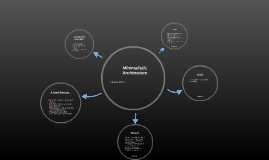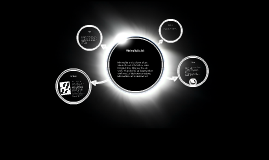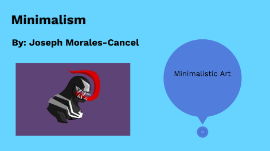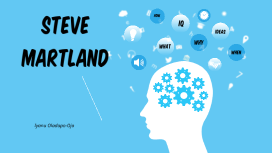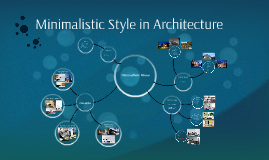Minimalistic Art
Transcript: Name: “Equivalent VIII” Artist: Carl Andre (1966). Material: firebricks. Size: 127 x 686 x 2292 mm. Collection: Tate Modern. Name: Untitled Artist: Dan Flavin (1963) Material: Ultraviolet, blue fluorescent tubes and fixtures. Size: 8 x 96 x 4 inches. Collection: Walker Art Center. Name: Un-named Artist: Donald Judd Date: 1965 Medium: Sculpture, Sculptures Size: overall 14.6875 x 76.5625 x 25.625 inches Institution: Walker Art Center Name: Unknown Artist: Carl Andre Date: 1968 Size: overall 0.5 x 204 x 38 inches Institution: Walker Art Center Name: “Who’s Afraid of Red, Green, Blue?” Artist: Ellsworth Kelly Date: 1964 Medium: Paintings Size: unframed 90 x 66 inches Institution: Walker Art Center Art Analysis Style Information by: Lennart Koonstra In the 1960's, minimalism really fell apart, several branches of Minimalism began to form "Light and Space"- lead by Robert Irwin "Land Art" - lead by Robert Smithson and Walter de Maria Many artist purposely created their work • According to Google, minimalism is a style that uses pared-down design elements. • A minimalist sculpture is composed of simple, monument forms that are made of plastic, metal, fiberglass, etc. The artist actually tries to make their work inexpressive and non-referential. • A minimalist painting usually has large, simplified, forms on a flat surface, usually the forms are geometrical. Description What, Where, and by whom was the work done? Analysis What is the style of the work, and does the work fit into an art movement? Interpretation How did time and place affect the artists style and subject matter? Judgement Does the work of art make an important contribution to the history of art? http://understandingminimalism.com/introduction-to-minimal-art/ http://www.britannica.com/EBchecked/topic/384056/minimalism Also known as ABC art It emerged as a movement in the 1950's, most artists came from the then dominant Abstract Expressionist vein However the first examples began to appear in the 18th century Historical Information Historical Information Bibliography http://moca.org/pc/viewArtTerm.php?id=23 Minimalistic Art Historical Information The movement really began to grow in the 20th century it was a reaction against Abstract Expressionism Several popular artists are Donald Judd Agnes Martin John McCracken Yves Klein By the late 1960's, Minimalism was beginning to show signs of breaking apart one popular artist referred to the movement as "literalism" This artist said, "Art is art and an object is an object." Outline http://www.theartstory.org/movement-minimalism.htm Style Analysis Art Analysis Historical Information







